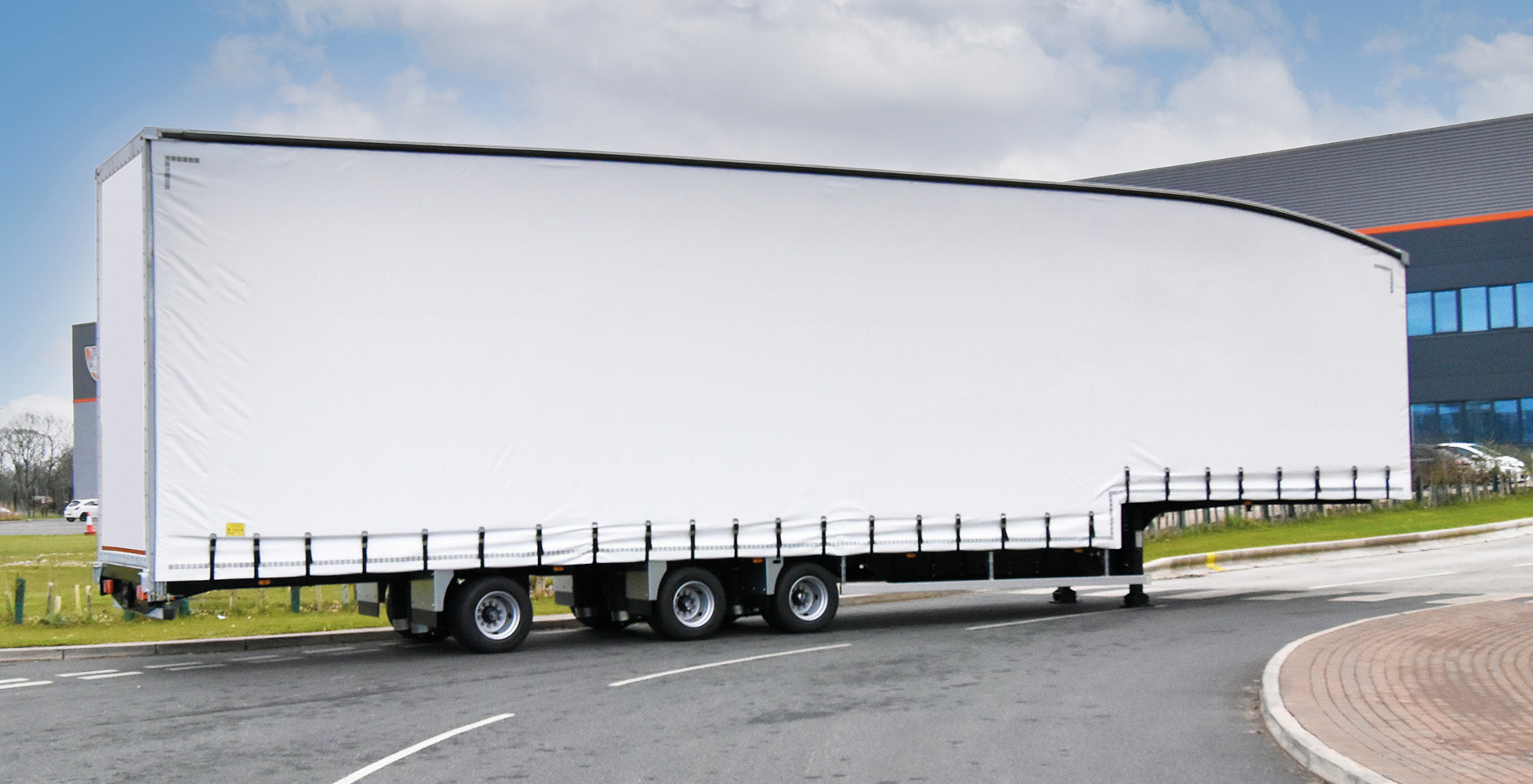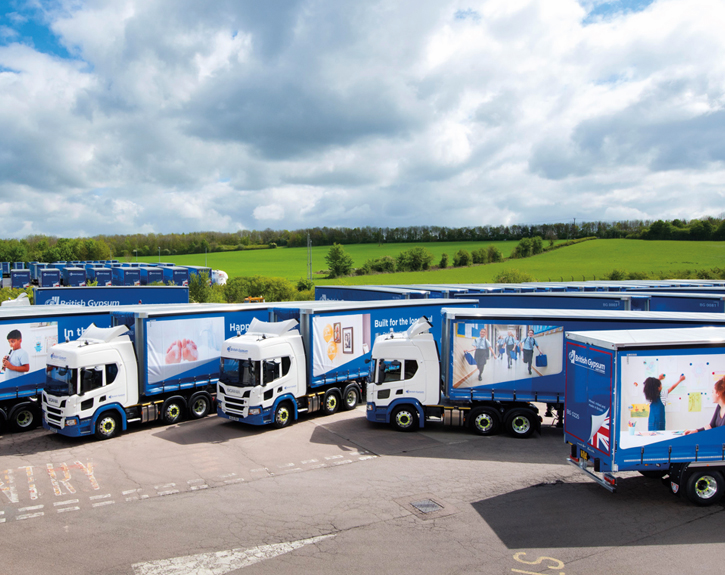Longer semi-trailers (LSTs)
In May 2023, following 11 years of trials, the government approved the use of longer semi-trailers (LSTs) on UK roads, enabling road transport operators to run trailers of up to 15.65m in length as part of a total truck and trailer length of 18.55m, transporting the same volume of goods at a total gross weight of 44 tonnes, but through 8% fewer journeys.
This article was originally written in late 2020, and since then, in May 2023, the UK goverment announced that as of the last day of the month, fleets would be able to liberally run longer semi-trailers (LSTs), no longer under the banner of a ‘trial’.
With the headline-grabbing statement of a £1.4 billion boost to the UK economy, the new legislation will enable hauliers, logistics firms and other HGV operators to introduce to their operations LSTs of up to 15.65m in length, which is an extra 2m compared to the standard length of a regular curtainsider, box van, double deck, flatbed or other typical articulated trailer.u1
When combined with a truck tractor unit, this means that the total permitted length is now 18.55m. The government cites that this will reduce journeys by 8%, therefore reducing CO2 emissions, wear and tear, and traffic volumes, to name but a few advantages – but it’s worth noting that the total weight of the truck and trailer pairing still mustn’t exceed 44 tonnes, which some voices say will limit the real benefits of LSTs. The hope is that the government will now trial the use of 48t HGV configurations.
Tiger has manufactured LSTs for its customers since the trials began in 2021 and continues to do so each year, with its 2023 order books including a significant number of longer semi-trailers for a variety of sectors and end users.
The UK government has announced1 at the start of November 2020 that it has launched a brace of consultations into longer semi-trailers (LST) on the back of successful trials, and the assertions made in the related reports and communications certainly give hauliers, logistics and other road transport operators food for thought.
The GOV.UK press release issued by the DfT unambiguously states that “longer semi-trailers reduce haulage miles, emissions and accidents, and increase productivity” – all factors that will sound like music to the ears of the majority of goods-movers and their end customers. But is the adoption of LSTs quite as straightforward a decision, at a time when sales orders through Tiger Trailers and other manufacturers have seen fixed and moving double deck trailers surge in popularity?
LSTs and UK total weight regulations
It’s important to stress that although all manner of trailer configuration permutations can be manufactured, including double deck longer semi-trailers that offer the ultimate in payload and pallet capacity, the government’s LST trials2 have related to single deck types, essentially 15.65m long curtainsiders rather than the standard UK length of 13.6m.
Despite offering an extra 2 metres in length, LST trailers for HGV tractor unit applications are not legally permitted to be heavier than their standard curtainsider siblings. This is primarily because UK law stipulates that the total gross vehicle weight (GVW) of the truck, trailer and goods being transported must not exceed 44 tonnes. As an aside, Tiger Trailers’ partnership with Tata Steel Europe, XPO Logistics and Scania enabled the customer to carry a remarkable 29,500kg payload within the overall domestic operating weight of 44,000kg, as described in the case study.
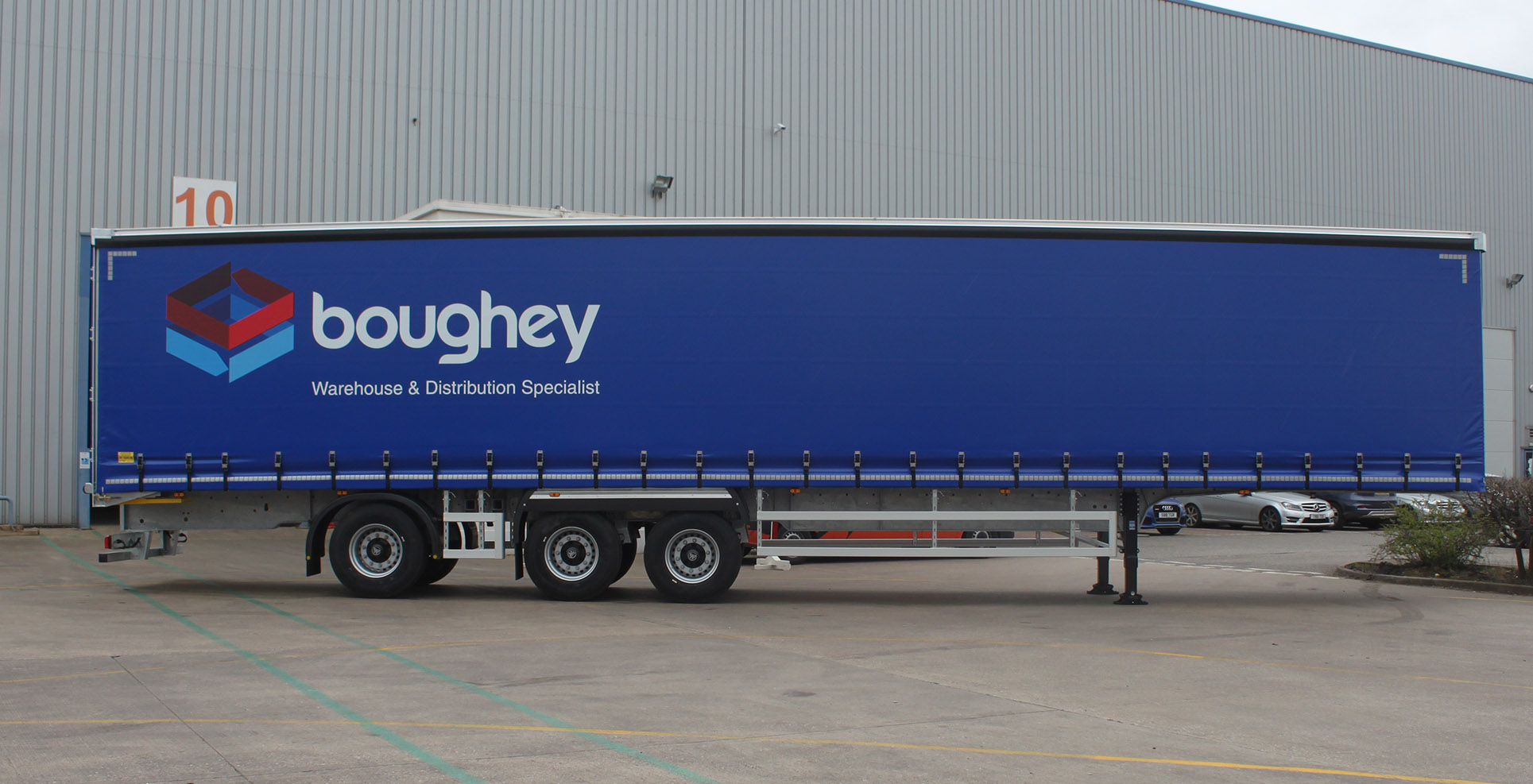
The evolution of truck tractor cab units and trailers in relation to weight and configurations as documented by Wikipedia3 is well worth reading, explaining the differences between trucks that operate in the UK and Europe and larger, longer rigs that haul trailers, ISO containers, tandem drawbar units and other loads in countries like Australia and the United States of America. They’re not to be confused with even larger, longer ‘road-trains’ or ‘mega trailers’ that are permitted in some other countries, and in the UK must comply with the same turning circle test and parameters as traditional 13.6m curtainsiders, meaning they require command steer, self-steer or a combination on their tri-axle rears to be able to negotiate typical UK roundabouts.
Background on the DfT’s longer semi-trailer trials
DfT trials4 of longer semi-trailers began in 2012, which may come as a surprise to some who perceive that they came into existence earlier. The objective of the trials was mainly to ascertain if LSTs could reap environmental benefits alongside economic cost efficiency gains, with target savings of £33 million and 3,000 tonnes of CO2. Operating within the UK legal combined weight restrictions of 44 tonnes, the trials that commenced in 2012 have involved LSTs of both 14.6m and 15.65m in length, equating respectively to total vehicle lengths of 17.5m and 18.55m. It certainly feels plausible that, after testing 2,800 trailers over what was initially planned as a decade but was then tipped for expansion by 5 years until 2027, the DfT and onlookers would have a wealth of real-world, tangible and believable data to go on.
On January 26th 2021, Eddie Stobart5 was reported as the first haulier to participate in the Department for Transport’s longer semi-trailer trials, moving groceries for supermarket Tesco in a VCA-approved 15.65m curtainsider with 54 cages inside, representing a 20% capacity increase.
One year on, and Commercial Motor6 magazine commented that “the 10-year exercise has got off to a slow start”, expressing understandable disappointment that the groundwork invested in the scheme seemingly hadn’t resulted in much success with just 400 of the initial allocation of 1,800 LSTs being adopted by operators, perhaps “suggesting a significant proportion of operators have yet to be convinced of the scheme’s merits”. The RHA attributed the hesitation to fleets “waiting to glean feedback from operators involved”, while the Freight Transport Association’s (FTA) head of engineering said that uptake may have been dampened by “the amount of time it has taken for trailers to be developed and trialled by manufacturers”. Interestingly, 80% of guinea pigs opted to road-test the longer 15.64m variants.
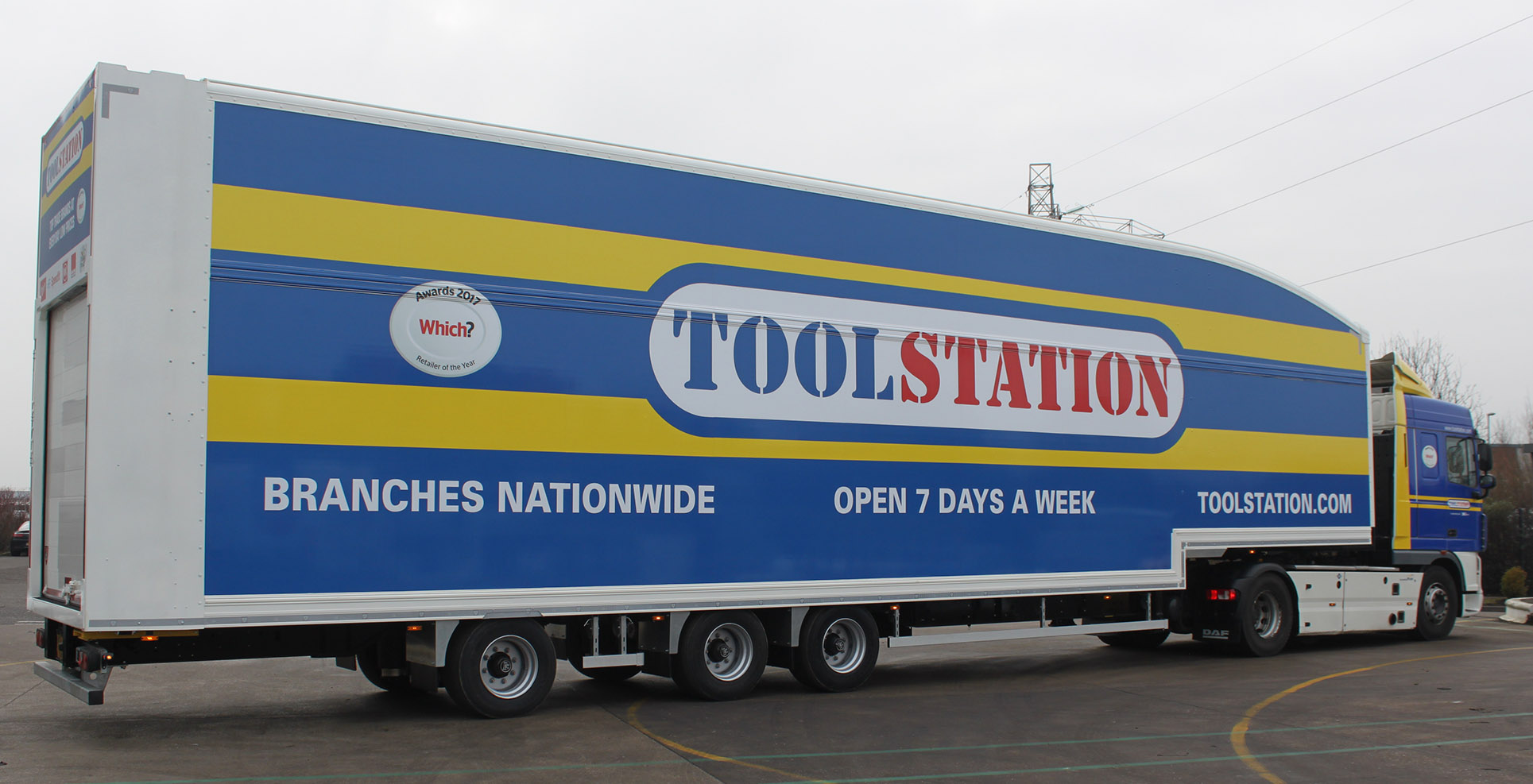
In February 2018, Tiger Trailers manufactured three fixed double-deck stepframe LSTs for logistics operator Howard Tenens and its end customer, Toolstation, enabling the transport of up to 87 cages, 38 on each deck plus 11 on the neck. Full details can be discovered in the case study.
The pros and cons arguments surrounding longer semi-trailers
A couple of years after the DfT’s trials had started, Transport Engineer7 magazine reported that “public opinion and technology have big parts to play”, echoed by an engineering expert from Cambridge University stating: “There is a serious public relations problem in the road freight industry. It’s possibly the biggest issue this industry faces.” Essentially, Professor Cebon was dismayed that, despite positive strides regularly being made by truck and trailer manufacturers, public sentiment frequently revealed a distaste for road transport. The solution, in a much-abbreviated nutshell, would be to “start by telling the story of truck improvements in terms that matter to the public”, he asserted. Specifically on the subject of LSTs, he commented that “where these vehicles are used properly, they’re far more productive, use far less fuel and have a considerably better safety record than conventional articulated vehicles” but went on to stress that their introduction, marketing, the incorporation of the latest safety and other technologies, robust driver training plus accredited maintenance schemes are all essential and what the UK should be aiming for if longer semi-trailers were to prove a permanent success.
The Load Star’s ‘Making Sense of the Supply Chain’ website8 revealed in late 2017 that “a fresh row has broken out about the use of longer semi-trailers (LSTs) on UK roads” following the DfT’s 5-year report. On the face of it, their reporting a ‘storm’ seemed incongruous in light of data showing that LSTs had been statistically shown, through the participation of 161 haulage firms and 1,8000 trailers, to reduce haulage miles by 5% and incur 70-80% fewer accidents in urban environments than typical HGVs, while proving safer to operate.
“Flawed data and incorrect assumptions” combined with a trial that “ignores important safety factors” were mooted by Freight on Rail, a lobby group, who said that their 7ft tail-swing and extended blind spot actually made them more dangerous than standard HGVs in their view, although they did concede that LSTs save operators and their customers money. With around three-quarters or goods transported around the UK by road, it could be argued that the rail group’s claims were somewhat biased, though.
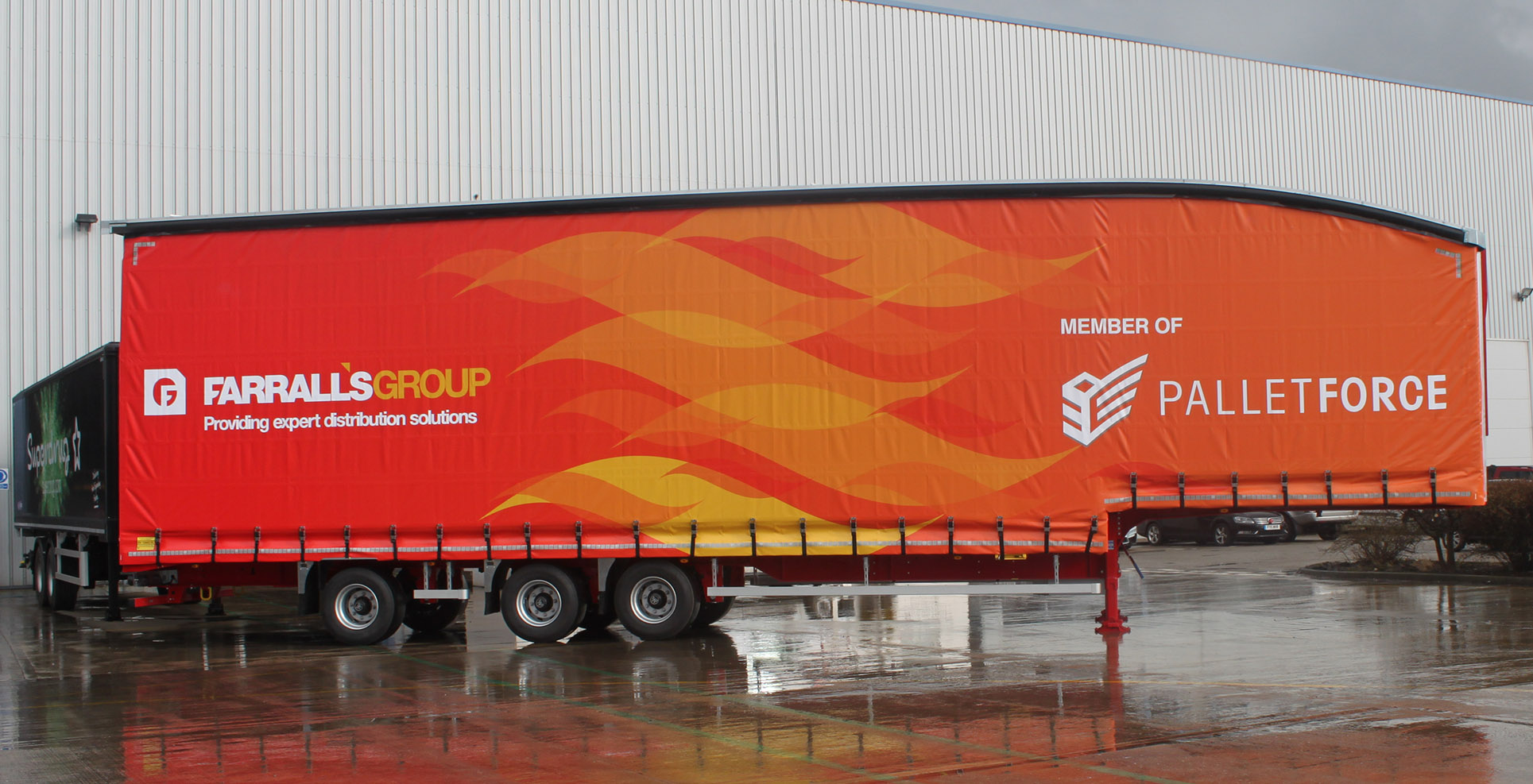
The Campaign for Better Transport has also voiced concern over LSTs on the UK’s somewhat restrictive roads, saying that they “do not believe that the trial is adequately assessing the impact of these longer lorries on local roads or involving local authorities”, the majority of which it said are “unaware of the trial.” Prof. Cebon countered this criticism by identifying that just 2% of mileage covered in LST trials was on local authority-maintained roads, while 36% was on major A-roads and trunk routes managed by Highways England. The CfBT also raised worries over safety, road damage and fuel consumption, which can be read about in full on the Centre For Sustainable Road Freight9 website.
Risk Solutions, the research consultancy that authored the DfT’s interim report, stated in support of LSTs, however, and admittedly also slightly one-sidedly, that “62% of the distance travelled was between industrial locations such as distribution centres” and that longer semi-trailers “ran empty for 18% of the total distance travelled compared to 29% for all HGVs, and made maximum use of the additional length for at least 34%, and made some use for 50%, of the distance travelled.”
LSTs have clearly proved divisive throughout their development, but their benefits seem to outweigh potential disadvantages, and the start of 2020 saw the FTA publicly urge the government to unleash them. After stating that “LSTs are able to carry more goods per journey than traditional HGVs and they present an efficient and environmentally-prudent method of freight transportation”, the FTA’s head of engineering & vehicle standards policy, Phil Lloyd, commented to Motor Transport10: “Failure to make LSTs permanent is holding back an opportunity to significantly reduce carbon emissions.” With the DfT’s trials reportedly having saved 37,000 tonnes of CO2, 187 tonnes of NOx and 365,000 journeys, the plea certainly seemed understandable as March got under way, just before the Covid-19 virus surged to the top of UK headlines and consciousness.
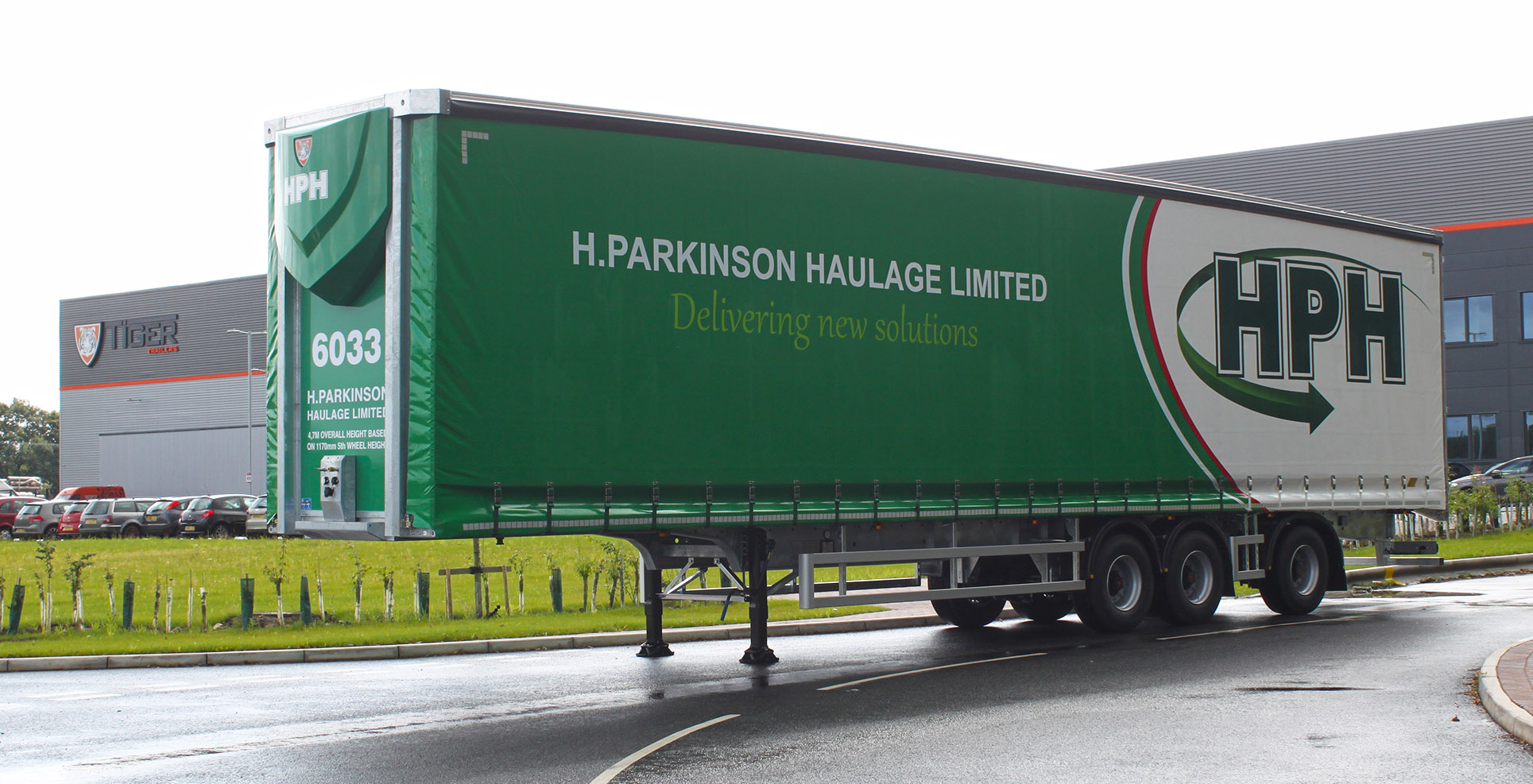
The DfT began its 2018 annual report summary into the LST trials with a quote from that Professor Cebon again, with the bold words that “the single most effective change in the short term is use of higher capacity vehicles.” The included argument that longer semi-trailer adoption is cheaper and more attainable for hauliers than more expensive investment in efficient diesel engines or electric trucks is true but short-sighted.
It’s fair enough that the trials had to be undertaken before the DfT could legally allow LSTs to become mainstream in the UK, with safety particularly paramount, and operators participating at their own risk is understandable, partly explaining why the majority of them have comprised large fleets. Self-reporting will always be open to abuse, but the government’s reasoning that independent data collection and monitoring would have been financially prohibitive is logical.
With a seemingly plentiful 2,486 LSTs registered on vehicle special orders (VSOs) and 2,194 of them being tested on real roads as of March 2018, it was interesting to note that movers of raw materials, industrial products and biomass for fuel were reaping the highest savings, and the retail sector was experiencing average savings certainly not to be sniffed at, while mail and parcel couriers weren’t benefiting from longer semi-trailers as much because of factors such as timetabled departures irrespective of capacity fill. The same was true for operators utilising LSTs for specific, niche contracts11.
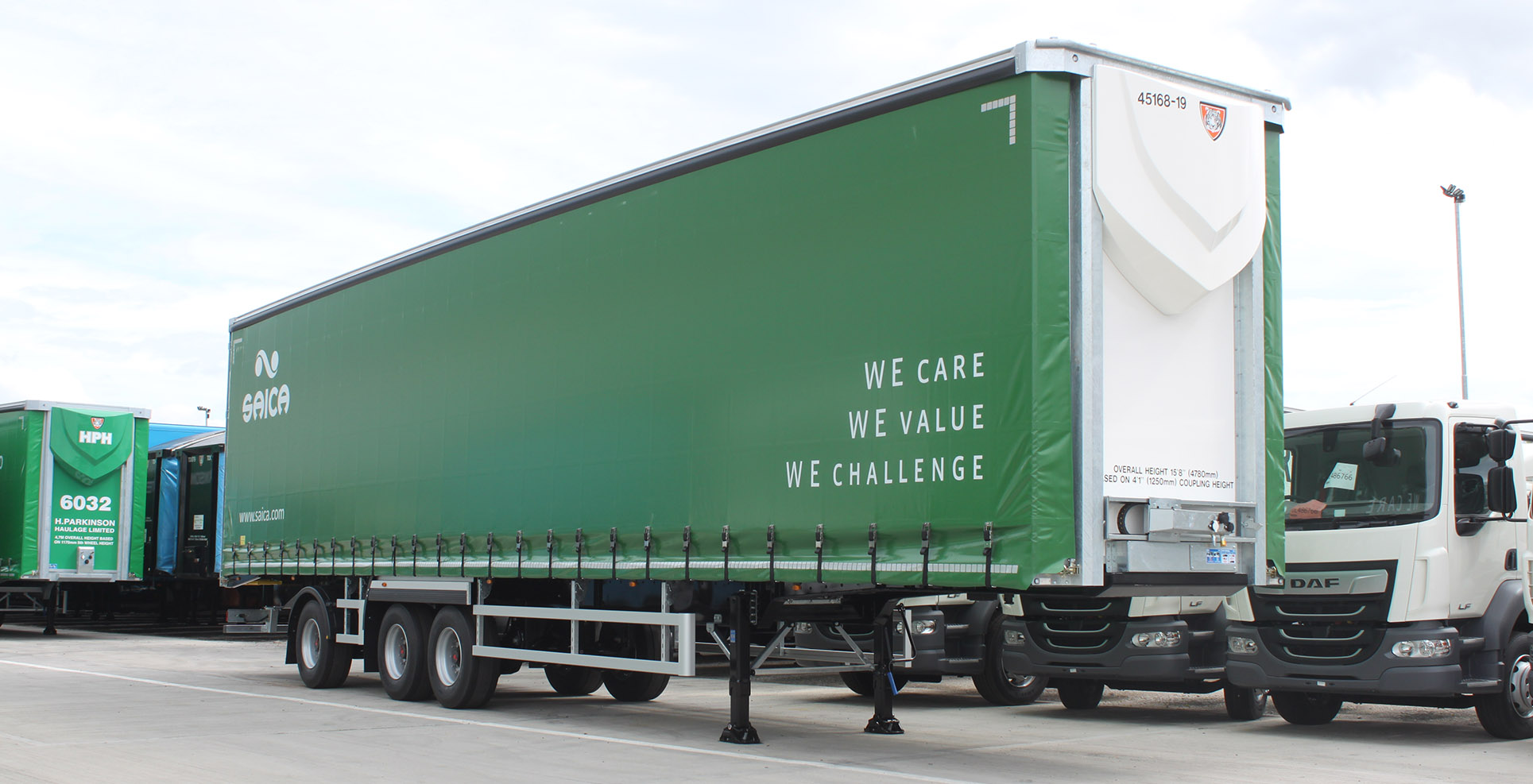
It came as welcome news in November 2020 that the government wishes to end trials ahead of schedule, the 2,600 vehicles involved having saved 33.5 million miles and 48,000 tonnes of CO2, while taking the equivalent of 20,000 cars off the road. We also welcome the DfT’s announcement that a consultation named ‘Heavier intermodal freight trial’12 has commenced, closing in January 2021, which may hopefully lead to the increase of the maximum gross vehicle weight from 44 to 48 tonnes – a move we would welcome. Whether or not the vital role of haulage key workers has swayed the government in regard to the LST trials, decarbonisation is unarguably something all countries and organisations need to work towards as ardently as possible over the coming months and years.
Logistics UK, the new name for the FTA, quickly came out in the media saying that it is “supporting the switch to LSTs wholeheartedly”, as reported by UK Haulier13, and Tiger Trailers will, as a leading manufacturer, certainly support customers keen to explore the advantages of longer semi-trailers in comparison to today’s popular double deck choice, as keen as anyone to see capacities and efficiencies maximised so that goods can be transported, shelves replenished and households fed as greenly as possible at a time when the world needs to pull together.
© Tiger Trailers Limited, Nov 2020
Sources:
1. https://www.gov.uk/government/news/uk-economy-boosted-by-14-billion-as-longer-lorries-roll-out-on-roads
1. https://www.gov.uk/government/news/consultation-on-next-steps-for-more-environmentally-friendly-haulage
2. gov.uk/government/publications/longer-semi-trailer-trial-evaluation-annual-report-2018/gb-longer-semi-trailer-trial-2018-annual-report-summary
3. https://en.wikipedia.org/wiki/Semi-trailer_truck#Types_of_trailers
4. https://www.gov.uk/government/collections/longer-semi-trailer-trial
5. https://www.commercialmotor.com/news/stobart-runs-first-longer-semi-trailer-in-uk
6. https://www.commercialmotor.com/news/not-such-a-rush-for-longer-semi-trailers-after-all
7. http://www.transportengineer.org.uk/transport-engineer-features/bigger-is-better/57418
8. https://theloadstar.com/new-arguments-use-longer-semi-trailers-uk-roads/
9. http://www.csrf.ac.uk/2018/10/blog-longer-semitrailers/
10. https://motortransport.co.uk/blog/2020/03/03/dft-holding-back-benefits-of-longer-semi-trailers-claims-fta/
11. gov.uk/government/publications/longer-semi-trailer-trial-evaluation-annual-report-2018/gb-longer-semi-trailer-trial-2018-annual-report-summary
12. https://www.gov.uk/government/consultations/heavier-intermodal-freight-trial
13. ukhaulier.co.uk/news/road-transport/trailers/logistics-uks-response-to-the-governments-announcement-on-the-longer-semi-trailers-consultation/

